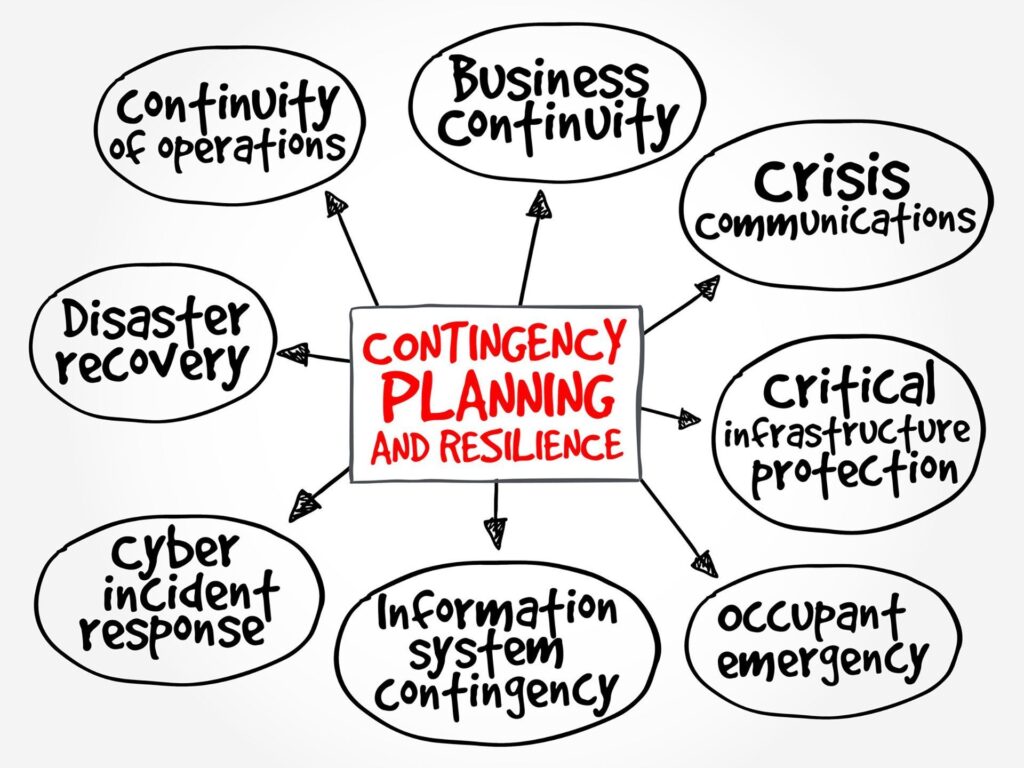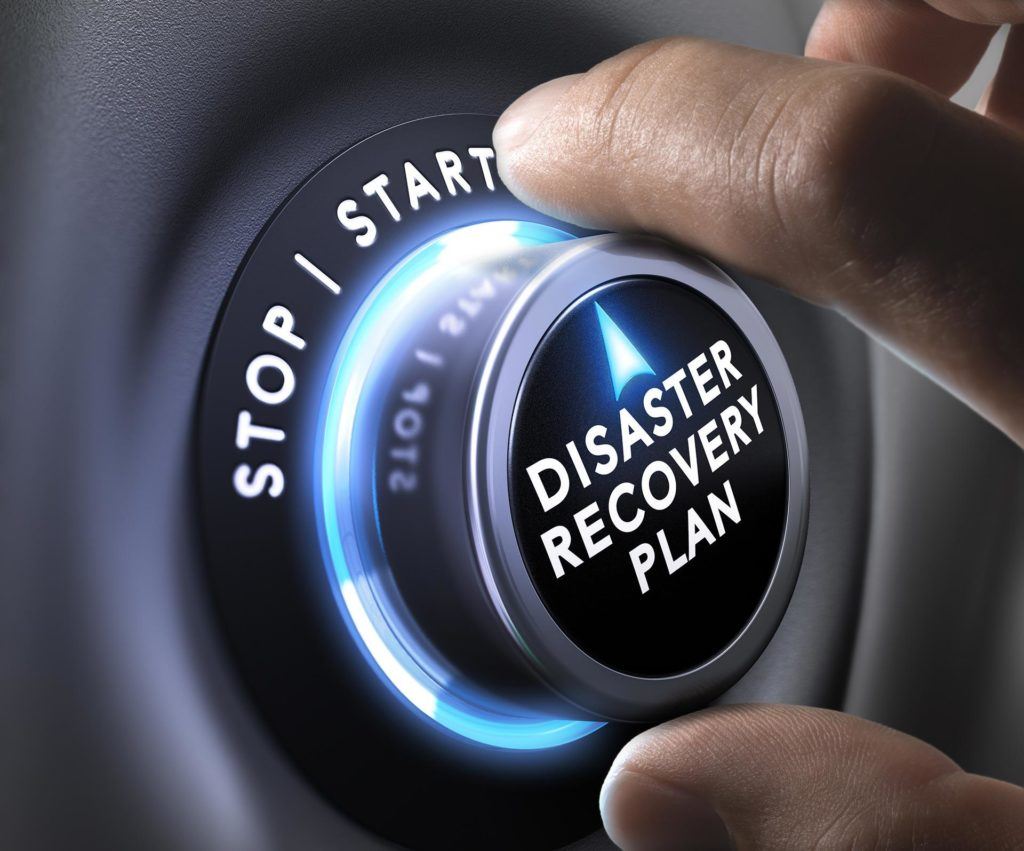2018 Storm Ready

Get Storm Ready Every business should prepare for the worst. Those that don’t may never fully recover from a disaster. But not all disasters are created equal. And not all businesses are at risk for every kind of disaster. At WheelHouse IT, we understand what it means to be storm ready! With the 2018 Hurricane […]
Create A Solid Business Continuity Plan

Disaster always seems to hit us when we least expect it, which is why you need business continuity. With the various disasters that continue to occur, this has proven to us that no business or organization can truly afford to think that an emergency will never have an impact on their livelihood and their business […]
Is Your Business Ready for Investors to Take a Closer Look?

Business Ready for Investors? Investors rarely care about the nature of your business, they care if you’re business ready. They might not even care about the long-term profitability of your business. What they want to know is how quickly they’re going to get their money back and what type of return they should be expecting. […]
Building a Disaster Recovery Plan for HIPAA Compliance

If your business needs to follow the Health Insurance Portability and Accountability Act of 1996’s, or HIPAA’s, requirements, then you need to have a disaster recovery plan. Many small companies accidentally conflate the ideas of a business continuity plan and a disaster recovery plan. Keep the two separate and stay in compliance. What is the […]








